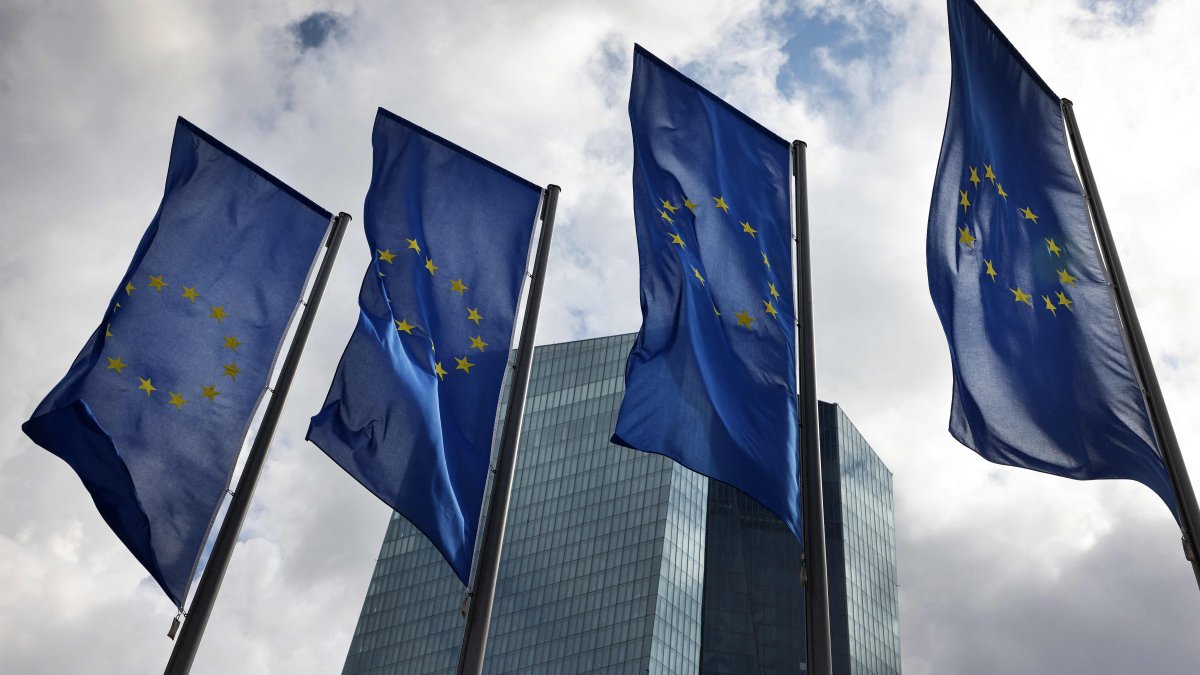Inflation in the eurozone accelerated in September on higher services prices and a smaller decline in energy costs, official data showed on Wednesday, likely reinforcing bets on the European Central Bank (ECB) keeping interest rates on hold for some time.
Inflation in the 20 nations sharing the euro picked up to 2.2% in September from 2% in August, in line with market expectations.
A more closely watched core figure, which excludes volatile food and fuel prices, meanwhile, held steady at 2.3%, despite a pick-up in services inflation, fresh data from Eurostat showed.
ECB unbothered by uptick
Although the European Central Bank spent the past four years battling excessive inflation, this uptick is unlikely to fuel too many concerns among its policymakers, as broader economic trends suggest this is a temporary blip and numbers could soon head back to, then below, the ECB’s 2% target.
“As we can model the future, the risks to inflation appear quite contained in both directions,” ECB President Christine Lagarde said on Tuesday. “With policy rates now at 2%, we are well placed to respond if the risks to inflation shift, or if new shocks emerge that threaten our target.”
Still, some policymakers are likely to use the September figure as an argument against easing rates further and the bank is almost certain to keep rates on hold for the third straight meeting on Oct. 30.
Financial investors are so comfortable with this outlook, they price just a 10% chance of another rate cut later this year and see only a 30% chance of a cut by the middle of 2026.
Inflation too low?
Instead of fearing a new bout of runaway prices, some ECB policymakers actually worry about inflation going too low.
The bank sees the rate dipping to 1.7% next year and holding below target for six straight quarters, a period long enough for retailers and employers to change their own pricing and wage-setting behaviour.
If this happened, some policymakers argue, low price growth could get entrenched, much like in the pre-pandemic decade, when the ECB was unable to get back to target, despite cutting rates below zero and printing trillions of euros to stimulate growth.
Their argument is bolstered by weak figures for industry, investment and household consumption, which all point to a further slowdown for an economy also hamstrung by U.S. tariffs.
The more hawkish camp at the ECB, which appears to have the majority for now, argues that the undershooting risk is contained as the economy is proving resilient to trade strife, industry is rebounding, employment is solid and increased defence spending will bolster growth.
It will take time for the picture to clear up, suggesting that the ECB will wait before moving rates once again after it cut them by 2 full percentage points in the year to June.

